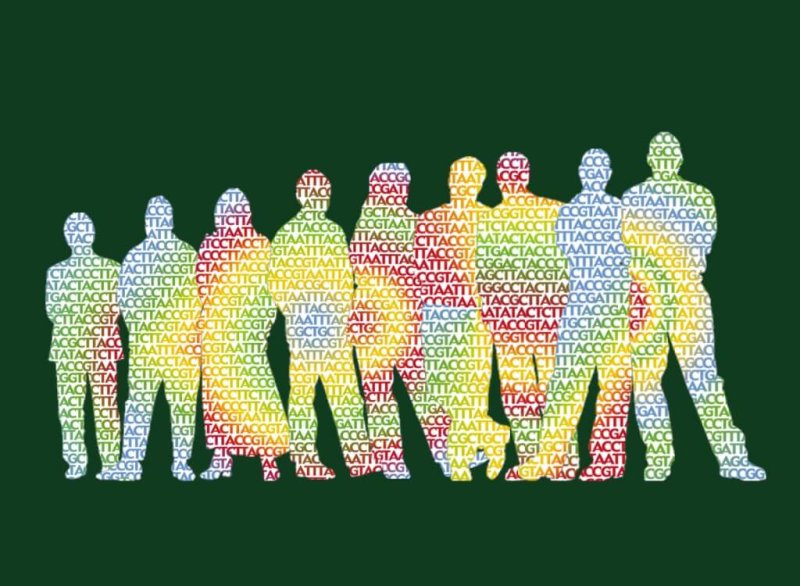The GLP aggregated and excerpted this blog/article to reflect the diversity of news, opinion and analysis.
Now that a federal biosafety and bioethics committee has approved what would be the first use of the trailblazing genome-editing technology CRISPR-Cas9 in people, the obvious question arises: Could anything go wrong?
The purpose of such a Phase 1 clinical trial is to assess safety, so problems wouldn’t come as a total shock. The fact that the trial in cancer patients would be funded by the new cancer institute founded this year by tech mogul Sean Parker adds a wild card. Four potential snafus:
- CRISPR edits DNA it isn’t supposed to
- CRISPR hits its targets, but then genetic hell breaks loose
- The Energizer Bunny problem
- Dollars triumph over data
Soon after scientists reported in 2012 that CRISPR can edit DNA, experts raised concerns about “off-target effects,” meaning genes that scientists didn’t intend to change inadvertently got deleted or altered. In addition, scientists run the risk that virus-infected cells will keep cranking out the DNA-snipping Cas9 for 10 or 20 years.
Or, everything could go well and CRISPR cures cancer.
Read full, original post: They’re going to CRISPR people. What could possibly go wrong?































